Circuit Breakers

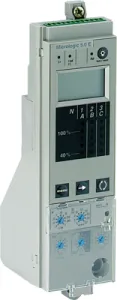
Order No.:
01P5063
Manufacturer SKU:
48499

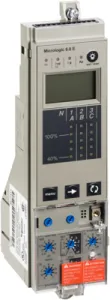
Order No.:
01P5064
Manufacturer SKU:
48500

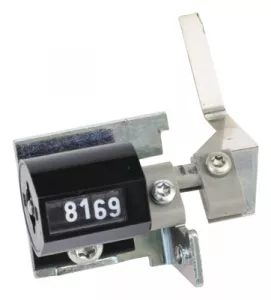
Order No.:
01P5088
Manufacturer SKU:
48535

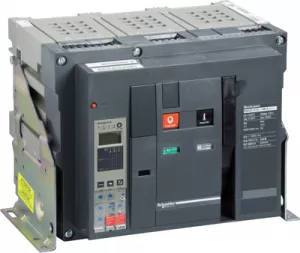
Order No.:
01P5163
Manufacturer SKU:
48726

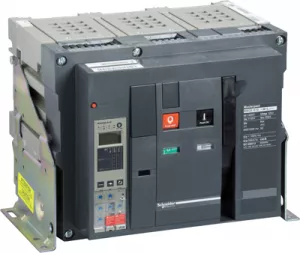
Order No.:
01P5164
Manufacturer SKU:
48727

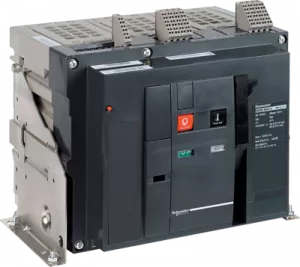
Order No.:
01P5178
Manufacturer SKU:
48745

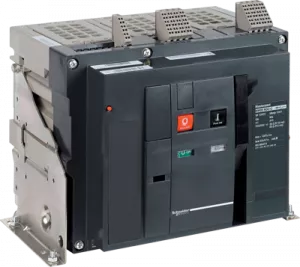
Order No.:
01P5179
Manufacturer SKU:
48746

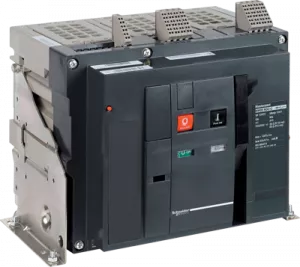
Order No.:
01P5180
Manufacturer SKU:
48747

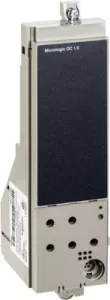
Order No.:
01P5562
Manufacturer SKU:
65266

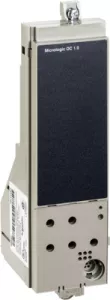
Order No.:
01P5563
Manufacturer SKU:
65267

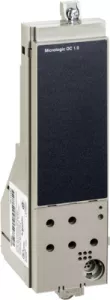
Order No.:
01P5564
Manufacturer SKU:
65268

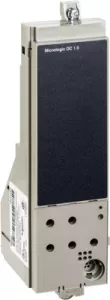
Order No.:
01P5565
Manufacturer SKU:
65269

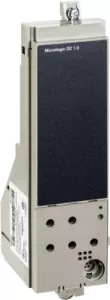
Order No.:
01P5566
Manufacturer SKU:
65270


Order No.:
01P5567
Manufacturer SKU:
65271

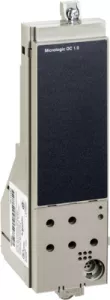
Order No.:
01P5568
Manufacturer SKU:
65272

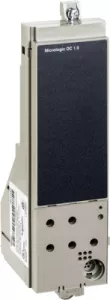
Order No.:
01P5569
Manufacturer SKU:
65273

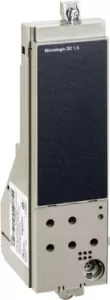
Order No.:
01P5570
Manufacturer SKU:
65274

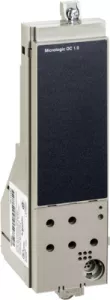
Order No.:
01P5571
Manufacturer SKU:
65275

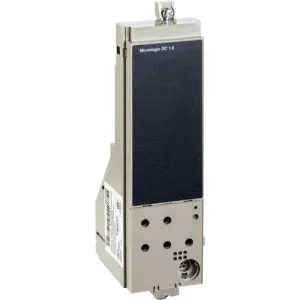
Order No.:
01P5572
Manufacturer SKU:
65276

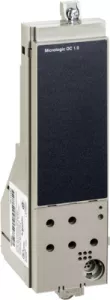
Order No.:
01P5573
Manufacturer SKU:
65277
Safety guaranteed: Functions and advantages of switch-disconnectors
Circuit breakers are used to protect electrical circuits by automatically switching off in the event of an overload or short circuit. They can be switched back on, eliminating the need for one-way fuses. Switch-disconnectors, on the other hand, specialize in safely isolating electrical circuits from the power supply.
Unlike circuit breakers, switch-disconnectors do not perform a protective function, but merely ensure safe isolation as well as prevention of accidental switch-on. Both electromechanical components are indispensable in electrical installations and in the energy sector, with circuit-breakers primarily ensuring the protection of installations, while switch-disconnectors are used for maintenance and repairs.